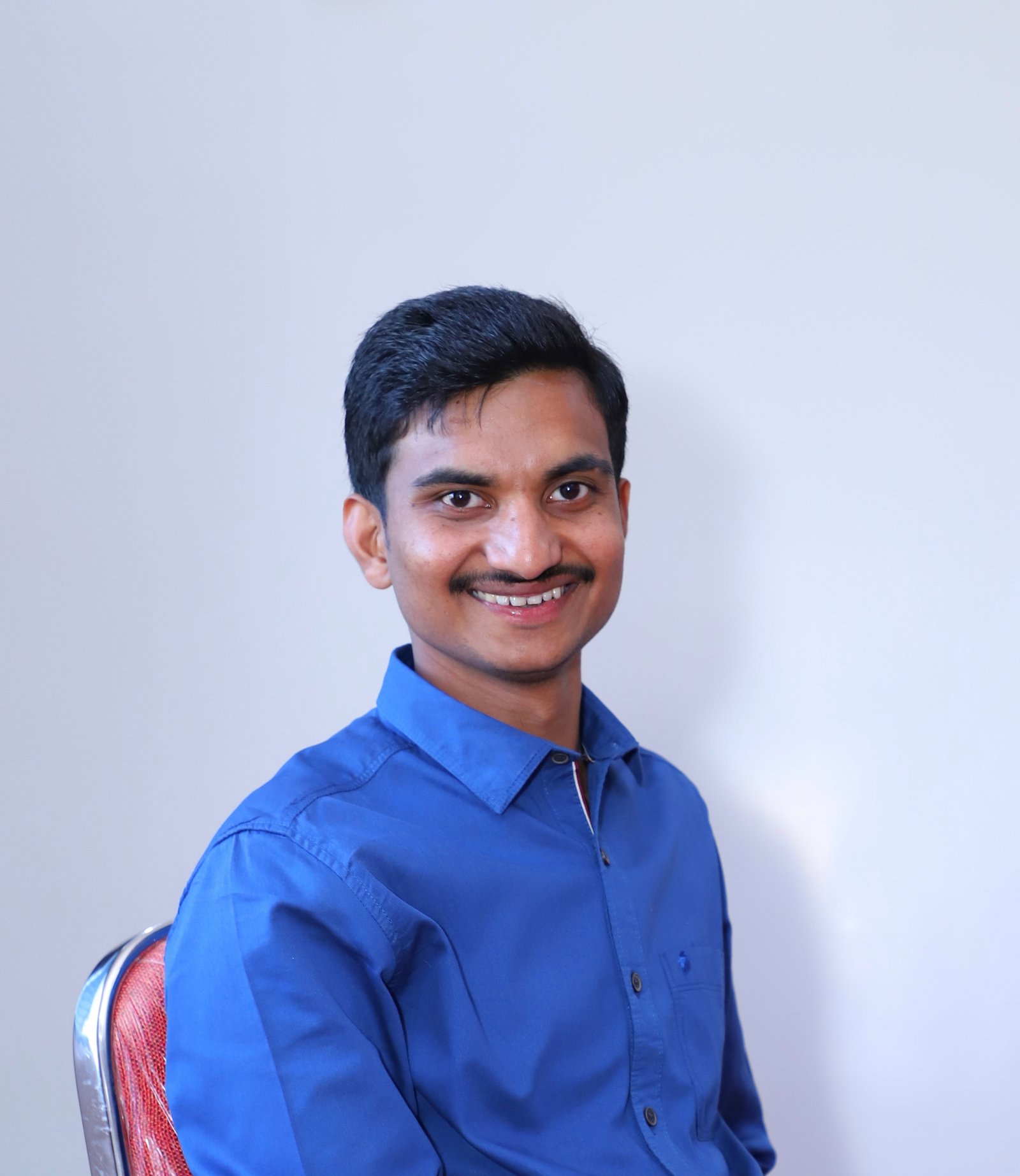
According to a new report published by Introspective Market Research, titled, “Commercial Paper Market by Type and End-User: Global Opportunity Analysis and Industry Forecast, 2024–2032,”
the global Commercial Paper market size was valued at $2.11 Trillion in 2023, and is projected to reach $3.75 Trillion by 2032, registering a CAGR of 6.59% from 2024 to 2032.
Commercial paper is an unsecured promissory note with a specified maturity of no more than 270 days, issued by large corporations to cover short-term debt commitments. It is not collateralized and can only be sold to businesses with high credit ratings from a respected credit rating organization. Commercial paperoffers benefits such as low cost, high yields, flexibility, low risk, tax benefits, and liquidity. It is widely accepted by financial institutions and has regulatory oversight to ensure investor protection. Types of commercial paper include drafts, promissory notes, receivable-backed, asset-backed, and Euro commercial paper. Other types include certificates of deposit, letters of credit, structured notes, and registered notes. Investors should consider factors such as credit ratings, maturity, liquidity, and regulations to make informed decisions and diversify their portfolios. The commercial paper market is expected to experience significant growth due to its attractive features, ease of access, and cost-saving benefits for businesses.
According to The Commercial Paper Market is segmented into Type, End-User, and region. By Type, the market is categorized into Promissory Notes, Drafts, Checks, and Certificates. By End-User, the market is categorized into Retail, Institutional, High-Net-Worth Individual (HNWI), and Corporates. By region, it is analyzed across North America (U.S.; Canada; Mexico), Europe (Germany; U.K.; France; Italy; Russia; Spain, etc.), Asia-Pacific (China; India; Japan; Southeast Asia, etc.), South America (Brazil; Argentina, etc.), Middle East & Africa (Saudi Arabia; South Africa, etc.).
The global commercial paper market has been significantly impacted by digitization and increased investment. Digital technology has improved accessibility for investors and issuers, facilitating faster and more efficient issuance, trading, and settlement. Investors can now access a broader pool of commercial paper offerings through online platforms, enabling informed investment decisions with real-time pricing and increased transparency. Digitalization has simplified administrative tasks, reducing paperwork and operational costs for businesses issuing commercial paper, making it more attractive for cost-effective short-term financing solutions. Additionally, regulatory changes and credit enhancements have bolstered the credit quality of commercial paper, instilling greater investor confidence.
Fintech companies are transforming the commercial paper market by offering short-term financing solutions like invoice financing and supply chain finance. These solutions cater to finance companies' specific needs but may face restrictions from dealers and institutional lenders. Life insurance companies may impose conditions on long-term securities investments, limiting short-term debt and commercial paper amounts. Additionally, borrowers must maintain open bank lines matching outstanding amounts. Despite these challenges, fintech companies drive innovation in the market.
Global Commercial Paper Market, Segmentation
The Commercial Paper market is segmented based on Type, End-User, and region.
Type:
The commercial paper market is expected to shift significantly in the coming years, with drafts becoming the dominant financial instrument. These three-party drafts offer versatile solutions for complex transactions, such as sight drafts and time drafts. They facilitate immediate payment upon presentation, ensure secure exchanges, and accommodate scenarios requiring deferred payments. The global nature of drafts, also known as bills of exchange, extends their dominance, fostering ease of transfer and trust in trade and commerce. The advent of banker's acceptances strengthens their influence, enabling exporters to extend credit to importers underwritten by banks.
End-User:
Corporates use commercial paper for short-term financing, managing liquidity, meeting working capital requirements, and efficiently funding operations. They can bypass traditional bank loans and secure lower interest rates by issuing commercial paper. Large companies with strong credit ratings find commercial paper attractive due to its lower cost, flexibility in financial planning, and ability to quickly raise capital. It bridges gaps between receivables and payables, ensuring smooth business operations. Commercial paper also provides a reliable source of funds during cash flow fluctuations or unexpected expenses, ensuring financial stability and operational continuity.
Region:
North America's commercial paper market is dominated by the United States, a large economy with a developed financial market and corporate sector. The well-established regulatory framework promotes transparency, investor protection, and market stability, fostering growth in the region. North America holds a significant position in the global financial market, particularly for institutional investors and the commercial paper market. The U.S. dollar, the global reserve currency, attracts investors worldwide due to its stability and ease of trading. This presence of international investors makes North America a crucial location for businesses to raise money through debt, providing efficient funding access for both domestic and international entities.
Some of The Leading/Active Market Players Are-
- Domtar (US)
- Sappi Limited (South Africa)
- Nippon Paper (Japan)
- Nine Dragon Paper Holdings (China)
- Svenska Cellulosa Aktiebolaget (Sweden)
- Packaging Corporation of America (US)
- Jk Paper Ltd. (India)
- Seshasayee Paper & Boards Ltd. (India)
- Ds Smith (UK)
- Mondi (UK), and Other Active Players
Key Industry Developments
- In June 2023, Edelweiss Financial Services Ltd. merged with Shriram Capital Ltd. to create a diversified financial services conglomerate. The combined entity is expected to have increased access to the commercial paper market due to its improved credit rating and larger size.
- In March 2023, Bajaj Finance Ltd. acquired ICICI Home Finance Ltd. in a deal valued at $1.1 billion. This move strengthens Bajaj Finance's position in the housing finance market and expands its access to the commercial paper market for funding.
Key Findings of the Study
- The global commercial paper market, valued at $2.11 trillion in 2023, is projected to reach $3.75 trillion by 2032, with a CAGR of 6.59% from 2024 to 2032.
- Digitization and increased investments have improved market accessibility, facilitating faster issuance, trading, and settlement, and enabling informed investment decisions with real-time pricing.
- Corporates, especially those with strong credit ratings, use commercial paper for cost-effective short-term financing, managing liquidity, and funding operations efficiently.
- North America's commercial paper market benefits from the robust U.S. financial system, attracting global investors with its stable and transparent regulatory framework.







